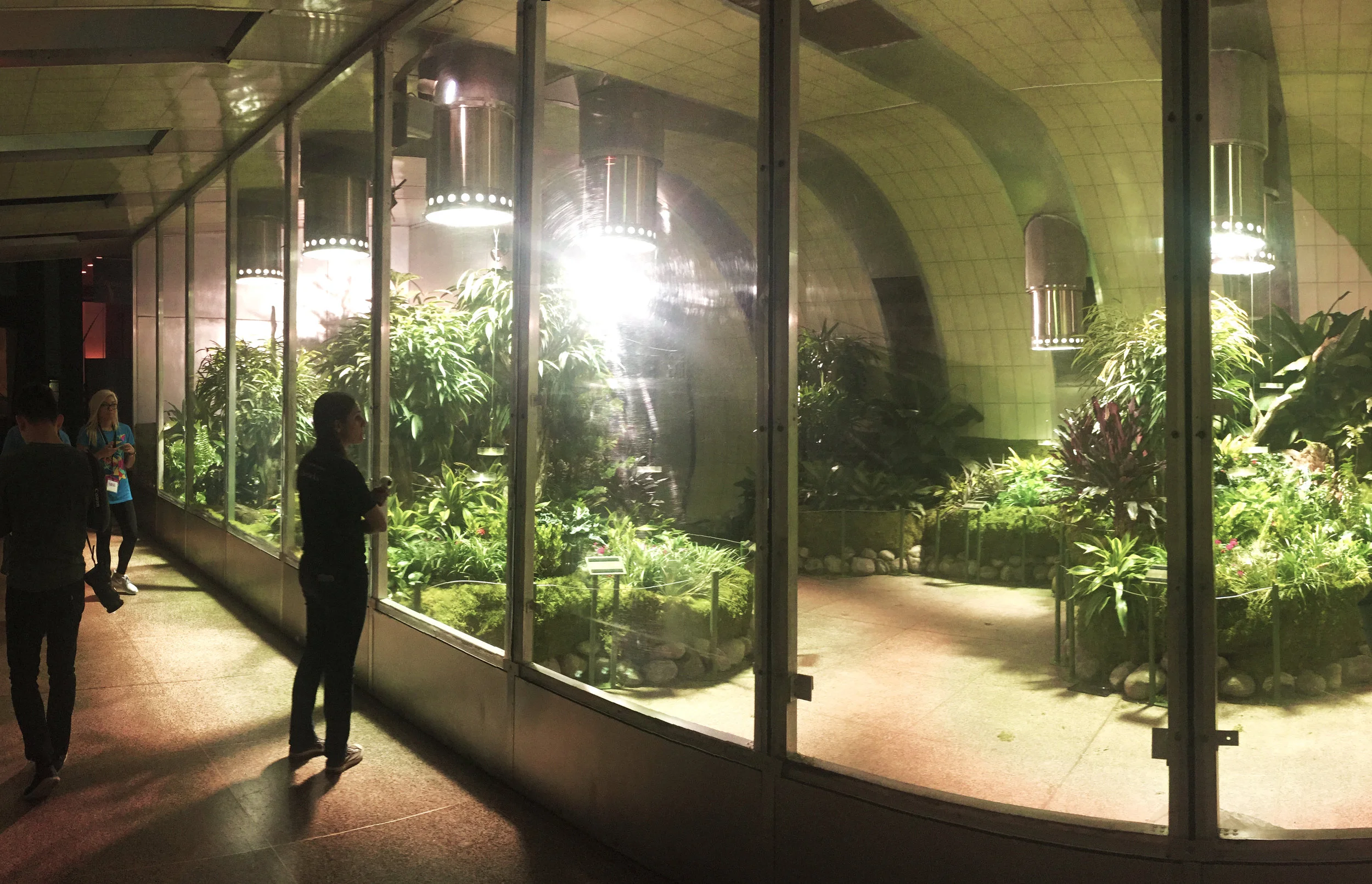Overview
Butterfly Effect reimagines natural science education by making it interactive. Inside this virtual reality experience, you will find an old library transforming into a forest, and old illustration books coming alive.
Our team aimed to make digitized library books more engaging to the younger populations, by introducing cutting-edge immersive technology in museum experiences.
Butterfly Effect won the Reach For the Stars award at American Museum of Natural History's annual hackathon.













